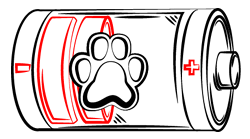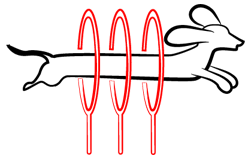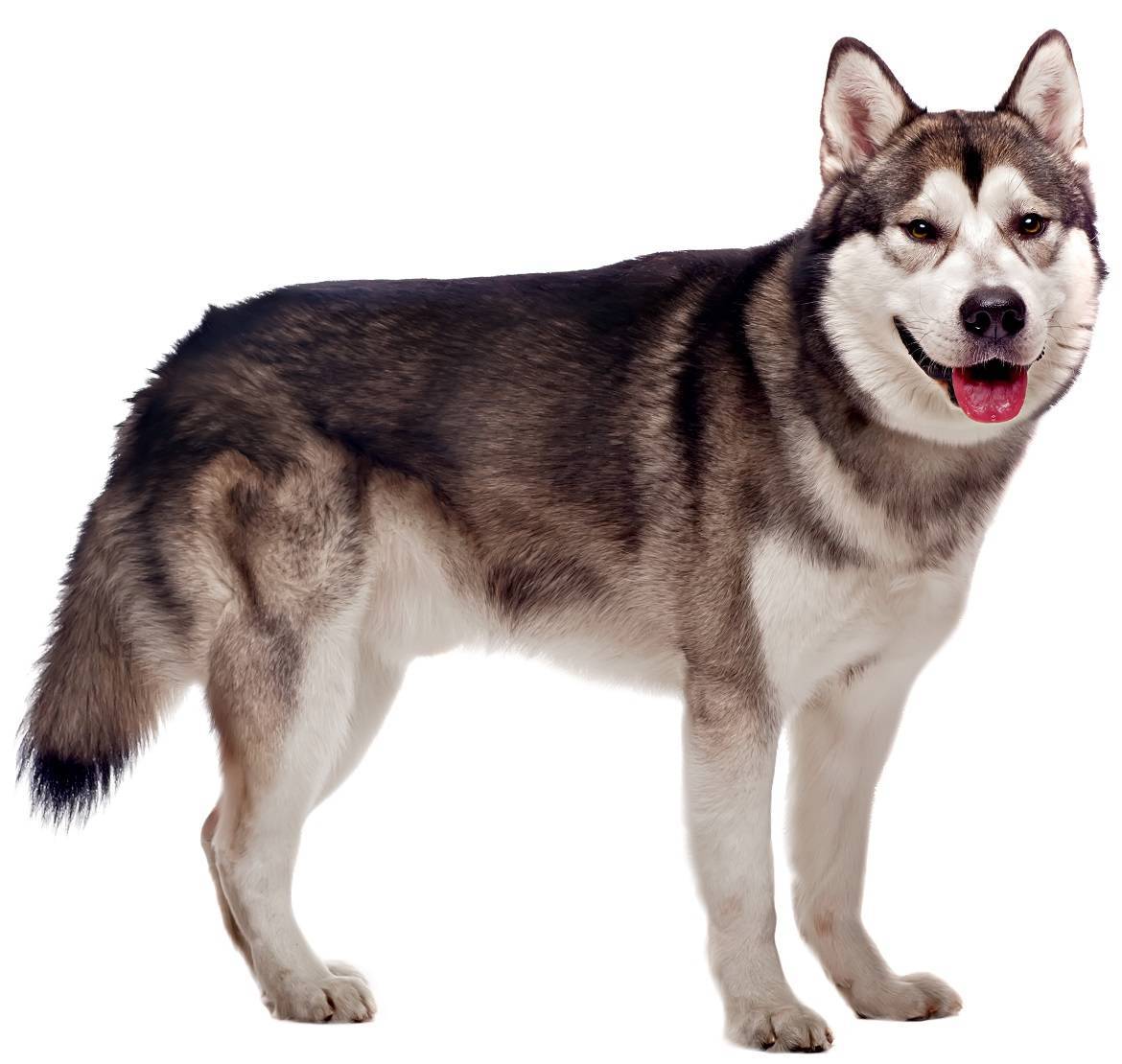
Paws ‘N’ Pups Quickview
Size
| Energy Level
| Trainability
| Paws ‘N’ Pups Rank
|
Characteristics
| Physical Characteristics: Height: 22-26” Weight: 70-95 lbs. Energy Level: Moderate | Colors: The American Kennel Club recognizes the Alaskan Malamute in the following colors:
|
| Health & Longevity:10-12 years Breeders screen for the following conditions:
Dwarfism is also seen in Malamutes. | |
Temperament & Train-ability
One of the oldest arctic sledding breeds, the Malamute was developed as a freight dog, pulling heavy loads over long distances. Playful, friendly and outdoorsy, the outgoing Malamute greets everyone he meets as a friend. This can be very unnerving for people who might be afraid of dogs, so one should be sensitive when allowing your dog to greet people. Malamutes are not big barkers, but are famous for their “talking” – they “woo woo woo” over everything. Their love of life is infectious. Malamutes tend to do everything with vigor and are most content packing or pulling a load, especially in cold weather. Their exercise needs are substantial, often requiring an hour or more of running to be satisfied. Malamutes also need plenty of mental stimulation in the form of interactive toys or training, without which they can get very creative; counter-surfing, raiding the trash, howling or digging craters in the yard. This is a breed known for epic destruction; chewing through drywall, destroying sofas, to name just a few. Malamutes do love to dig; so many owners provide them with a spot in their yards where it is allowed.
Novice dog owners may be successful with a Malamute so long as they are confident and prepared to provide the needed exercise and stimulation. Although quite social and in that respect an easy dog to live with, they are large dogs that can be quite destructive if their needs, which are substantial, are not met. Apartment life is inappropriate, as is living with cats or small animals. A very secure yard is mandatory; fences should be high and sunk to prevent digging out. Underground electronic fences should not be trusted to contain a Malamute. This breed must not be a yard dog; they want to be with their people and left alone for long periods are likely to become destructive and noisy. Despite the intimidating appearance of the Malamute, they make lousy watchdogs. Malamutes usually love children and make good dogs for active families; however, toddlers are not recommended as they will be bowled over by this playful, bouncy – and large – breed. Just as your dog will need careful socialization to learn appropriate behavior around children, your children must be taught how to properly interact with your Malamute. Never allow children to sit on, attempt to ride or pull ears, etc. Children should be taught how to recognize when a dog needs a break and give them space.
Malamutes can be very dog aggressive; so much so that two dogs of the same sex should never be left together. When this breed fights, it can be a serious and bloody matter. They can be predatory with small animals and small dogs. Going to a dog park with a Malamute is not recommended. With their thick double coats, Malamutes love the cold, but do not handle heat well. A Malamute should never be allowed off leash as their hunting instincts – or the simple joy of running – can surface and they will be gone.
Although Malamutes have a reputation for being stubborn, this is usually the result of the method used; they are actually quite easy to train when using positive reinforcement methods; as long as you don’t expect a snappy response, you’ll be happy. A naturally clean breed, Malamutes typically housetrain easily. Positively conditioning to handling and grooming is recommended. Repetition will likely bore your Malamute, so they won’t enjoy traditional obedience, but find great joy in skijouring, sledding, backpacking and weight pull. Many enjoy therapy work. Malamutes can be mouthy; if this becomes annoying, teach the dog a different behavior such as carrying something.
Grooming
Alaskan Malamutes have a thick double coat; a straight thick outer coat that stands out from the body tops a very dense undercoat, which is oily and woolly to provide protection from cold and wet. These dogs shed abundantly all year; in spring and fall, the coat is “blown” and shedding will reach mammoth proportions; they require daily brushing during this time or the undercoat can become significantly matted. Breeders caution against shaving a Malamute; contrary to popular belief, this does not serve to make the dog cooler in hot weather, but quite the opposite. The outer coat insulates from environmental heat, so as long as the shed undercoat is removed, the dog will be more comfortable with the coat left on. Another issue that can result from shaving a double-coated dog is the likelihood of clipper alopecia. This condition causes the hair to come back in patches and faded – if it comes back at all. It can take a year for the coat to come back, but sometimes only patches come in.
Bathing will only need to be done 2-3 times a year if the coat is brushed; their coat naturally sheds dirt and they tend to stay clean. Ears must be cleaned regularly, and toenails should be trimmed; even if your Malamute wears their nails down, you will want to maintain the ability to handle their feet, especially useful as they age, when wear to the nails typically slows down. Teeth must also be checked and cleaned regularly.
Diet
The amount of food a Malamute will require can vary depending on age, activity level, and type of food fed. On average, they will eat 4-5 cups of food daily, fed in two meals; free feeding should be avoided. A constant supply of fresh, clean water must always be available.
Looking for an Alaskan Malamute?
 Find An Alaskan Malamute Breeder |  Alaskan Malamute Puppies For Sale |  Adopt An Alaskan Malamute |
Cost
Malamutes can run from $700 up to $3,000. Breed rescues are very active, and are another option for acquiring a dog; adoption fees vary, but usually run between $200-$500. Whether you acquire a dog from a breeder or rescue, do your homework to be assured that the temperaments of the dogs are tested and sound. Ongoing expenditures include the typical supplies, food, and regular vet visits.
Paws ‘N’ Pups Ranking
Paws ‘N’ Pups ranks every breed out of 4 with 1 being easiest to integrate into your life and 4 being the toughest – The lower the ranking the better.
Ranking takes into account a few basic factors such as cost, skill level needed, high vs. low maintenance, and how critical regular training is to success.
The Alaskan Malamute rates a 3; their exercise and grooming needs make this breed potentially challenging to own.
Breeds Similar To Alaskan Malamute
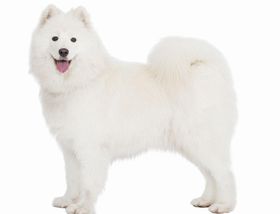 Samoyed |  Akita | 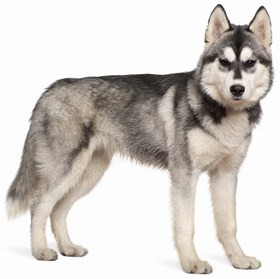 Siberian Husky | 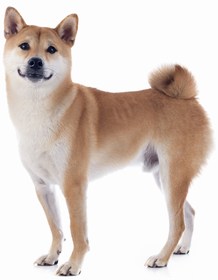 Shiba Inu |


